High heels have a fascinating history, and their evolution over the centuries is a testament to their enduring popularity. In this blog post, we’ll explore the origins of high heels and how they have changed over time.
Origins of High Heels
The history of high heels dates back to ancient times. The first high-heeled shoes were worn by Persian horseback riders in the 10th century. These riders wore shoes with a slight heel that helped them keep their feet in the stirrups. Over time, high heels became a status symbol among the Persian nobility, and both men and women began to wear them.

10th Century Persian Type High Heels
In the 16th century, high heels were introduced to Europe by Catherine de’ Medici, the wife of King Henry II of France. She was a short woman and wanted to appear taller, so she started wearing shoes with heels. High heels soon became a fashion statement among the European aristocracy, with men and women wearing them to show off their wealth and social status.
Evolution of High Heels
Throughout the 17th and 18th centuries, high heels continued to be a popular fashion accessory. In the Baroque period, high heels reached new heights, with women wearing shoes that had heels as high as six inches. These shoes were often decorated with elaborate embroidery, lace, and ribbons, and were seen as a symbol of femininity and beauty.
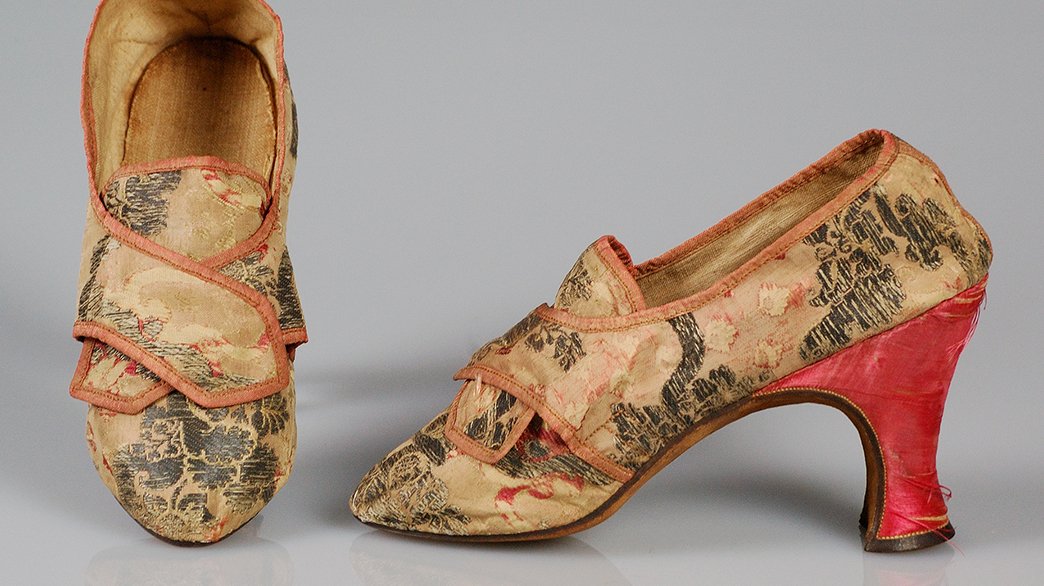
16th Century Heels
In the 19th century, high heels became less extravagant and more practical. Women’s shoes became more comfortable, with lower and thicker heels that were easier to walk in. The first high-heeled boots were also introduced during this time, and they became popular among women who wanted to keep their feet warm while still looking fashionable.
In the early 20th century, high heels became more versatile. Women’s shoes were designed to match specific outfits and occasions, with a range of heel heights and styles available. During the 1920s, the popularity of high heels waned as the flapper style became popular. Women preferred lower, more comfortable shoes that allowed them to dance and move more freely.
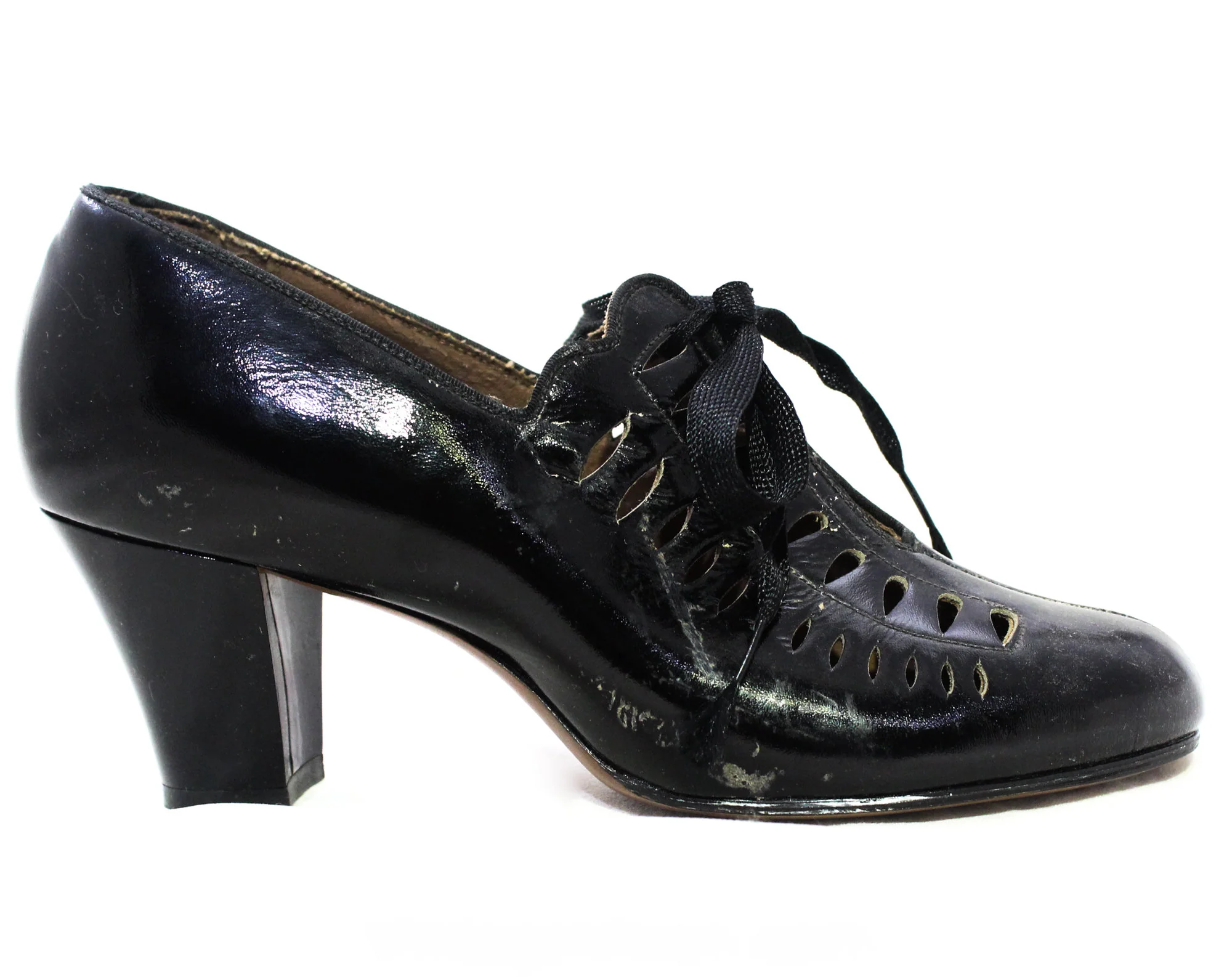
1920’s Flapper Type Heels
High heels regained their popularity in the 1930s, as Hollywood stars began to wear them on and off the screen. The iconic stiletto heel was introduced during this time, and it quickly became a symbol of glamour and sex appeal. High heels continued to be popular throughout the 1940s and 1950s, with women wearing them to accentuate their curves and height.
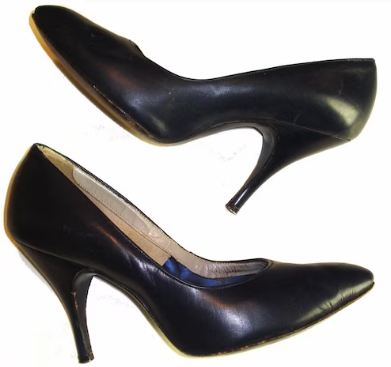
1950’s High Heels
In the 1960s, the fashion industry began to experiment with different styles of high heels. Platform shoes became popular, with high heels combined with thick soles that added extra height without sacrificing comfort. The 1970s saw the introduction of wedge heels, which became popular among women who wanted the height of high heels without discomfort.
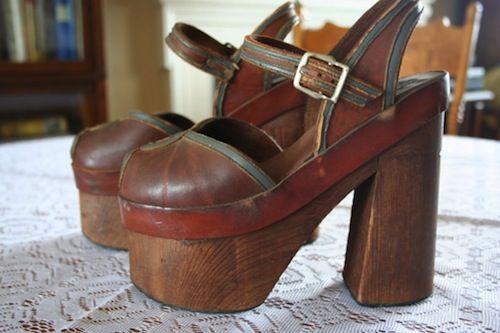
Late 1960’s High Heels
In the 1980s, high heels became even more extreme. The popularity of disco and pop music led to the introduction of shoes with towering heels and bright colors. The 1990s saw a return to more practical high heels, with thicker heels and more supportive designs.
Today, high heels come in a range of styles and heights, from classic stilettos to chunky platform heels. They are worn by women of all ages and backgrounds and are a symbol of power, confidence, and femininity.
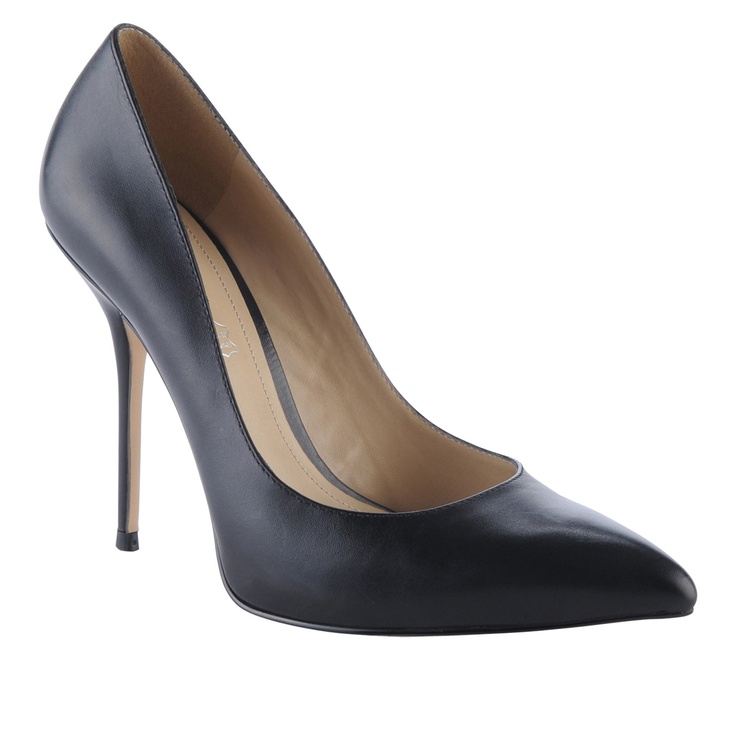
2000’s High Heels
Conclusion
High heels have come a long way since their origins in ancient Persia. They have been worn by both men and women, and have been a symbol of wealth, status, and fashion throughout history. Today, high heels continue to be a popular fashion accessory, with new styles and designs being introduced every year. Whether you love them or hate them, high heels are a testament to the enduring power of fashion and style.
Photo Credit Pinterest
Recommended1 recommendationPublished in Uncategorized



